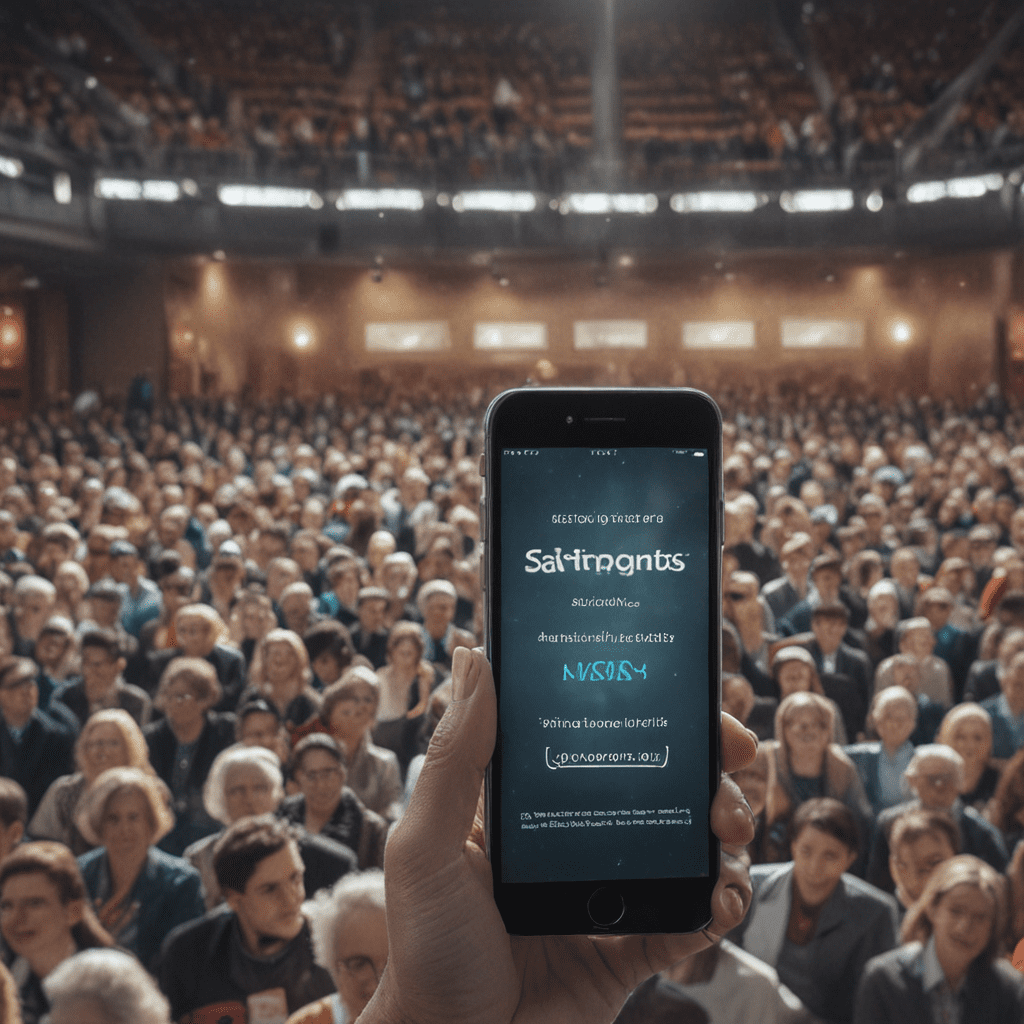Leveraging SaaS for Real-Time Collaboration
Introduction
In the contemporary digital landscape, real-time collaboration has emerged as an indispensable cornerstone for businesses seeking to enhance productivity, foster innovation, and streamline workflows. Software as a Service (SaaS) has revolutionized the realm of collaboration, providing a robust and versatile suite of tools that empowers teams to work seamlessly together from any location. This article delves into the transformative potential of SaaS for real-time collaboration, exploring its numerous benefits, types, selection criteria, and best practices for effective utilization.
Benefits of SaaS for Real-Time Collaboration
SaaS collaboration tools offer a myriad of advantages that can significantly elevate team productivity and collaboration effectiveness. These benefits include:
- Enhanced Communication: SaaS platforms facilitate real-time communication through instant messaging, video conferencing, and screen sharing, enabling teams to exchange ideas and resolve issues promptly.
- Improved Document Management: Centralized document repositories and version control systems ensure that all team members have access to the most up-to-date information, reducing errors and miscommunications.
- Streamlined Project Management: Task management features, such as task assignments, deadlines, and progress tracking, provide teams with a clear overview of project progress and responsibilities.
- Increased Flexibility: SaaS tools can be accessed from any device with an internet connection, allowing teams to collaborate seamlessly from remote locations or on the go.
- Cost Savings: SaaS subscription models eliminate the need for costly hardware and IT maintenance, providing a cost-effective solution for businesses of all sizes.
Security Considerations for SaaS Collaboration Tools
While SaaS collaboration tools offer robust security features, it is essential for businesses to implement additional safeguards to protect sensitive data. These measures include:
- Encryption: Encrypting data at rest and in transit ensures that unauthorized individuals cannot access confidential information.
- Access Control: Implementing role-based access controls restricts access to data and functionality based on individual permissions.
- Regular Audits: Conducting regular security audits helps identify and address potential vulnerabilities.
- Compliance Certifications: Choosing SaaS providers that comply with industry standards and regulations (e.g., ISO 27001, HIPAA) ensures adherence to best practices and data protection requirements.
Integrating SaaS Collaboration Tools with Existing Systems
Integrating SaaS collaboration tools with existing systems can enhance functionality and streamline workflows. This can be achieved through:
- API Integration: Utilizing application programming interfaces (APIs) allows developers to connect SaaS tools with other software applications, enabling data exchange and automation.
- Cloud Integration: SaaS tools can be integrated with cloud platforms, such as Microsoft Azure or Amazon Web Services, to leverage cloud services and infrastructure for enhanced scalability and flexibility.
- Custom Development: In some cases, custom development may be necessary to integrate SaaS tools with legacy systems or specific business requirements.
Challenges and Pitfalls of Using SaaS Collaboration Tools
While SaaS collaboration tools offer numerous benefits, there are potential challenges and pitfalls to consider:
- Data Security: Failure to implement proper security measures can expose sensitive data to unauthorized access.
- Vendor Lock-In: Choosing a SaaS provider with limited flexibility and customization options can limit future growth and integration possibilities.
- Implementation Complexity: Integrating SaaS collaboration tools with existing systems can be complex and time-consuming, requiring significant planning and resources.
- Cost Considerations: SaaS subscription costs can accumulate over time, especially for large teams or organizations.
Emerging Trends in SaaS Collaboration
The SaaS collaboration market is constantly evolving, with new trends shaping the landscape:
- Artificial Intelligence (AI): AI-powered collaboration tools offer features such as natural language processing, predictive analytics, and personalized recommendations.
- Hybrid Collaboration: SaaS tools are increasingly integrating with traditional on-premises solutions to provide a seamless hybrid collaboration experience.
- Verticalization: SaaS collaboration tools are becoming tailored to specific industries, offering specialized features and integrations that cater to industry-specific needs.
- Enhanced User Experience: Collaboration tools are prioritizing intuitive user interfaces, mobile optimization, and accessibility features to enhance user adoption and productivity.
Conclusion
SaaS collaboration tools have revolutionized the way teams work together, enabling real-time collaboration, enhanced productivity, and improved communication. By leveraging the benefits, choosing the right tools, implementing best practices, and addressing potential challenges, businesses can harness the power of SaaS to drive innovation, streamline workflows, and achieve exceptional results.
FAQs
What is the cost of SaaS collaboration tools?
Costs vary depending on the provider, the number of users, and the features required.Are SaaS collaboration tools secure?
Yes, reputable providers offer robust security features, but additional safeguards are recommended.How can I integrate SaaS collaboration tools with my existing systems?
API integration, cloud integration, and custom development are common methods.
What are the latest trends in SaaS collaboration?
AI, hybrid collaboration, verticalization, and enhanced user experience are emerging trends.How do I choose the right SaaS collaboration tool for my team?
Consider factors such as team size, collaboration needs, security requirements, and integration capabilities.


